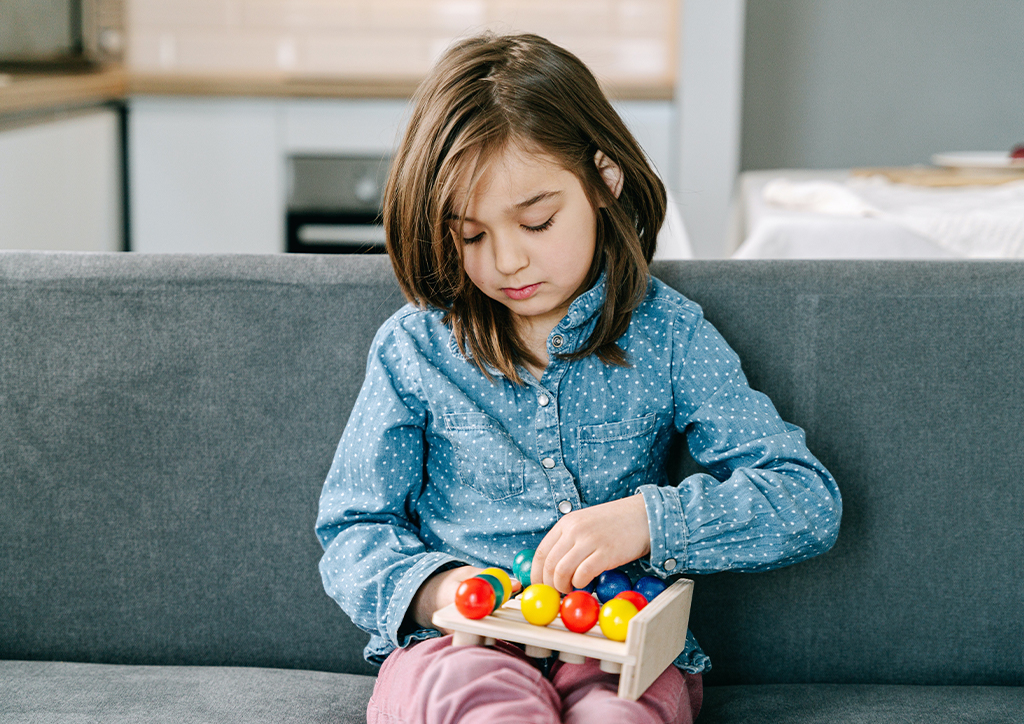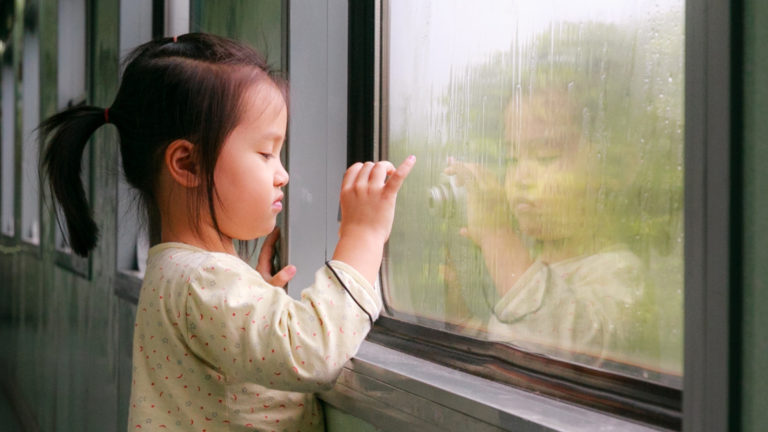Real Talk
Why the Silent Treatment Doesn’t Teach Kids Anything
Studies show that silent treatment damages kids just as bad as yelling, screaming, and hitting.
It’s good to “walk away” when tempers are running at an all-time high. But, it’s not good to swing to the extreme opposite side of the spectrum either. Also known as a Cold War or The Silent Treatment, some parents have used this technique, thinking it would be less damaging than the traditional and explosive yelling, screaming, and spanking. Although there’s no physical evidence, there are emotional effects that can be seen in kids as they mature into teenagers and, eventually, adults.
What is Silent Treatment?
Unlike walking away to cool down, Silent Treatment is when we deliberately refuse to speak to the person we offended or who offended us. It’s a common form of manipulation, mostly found in relationships to whittle down a person and force them to accept one’s point of view. But parents use this technique on their kids, especially when the pride of being a parent (or being the older adult) gets in the way. We wait for the kids to apologize or talk first because we firmly believe that kids are wrong even if there are times we are the ones at fault.
Unfortunately, this is also a common bullying tactic kids use when in school, especially in all-girls schools. Lisa Zadro, a member of the Association of Psychological Science, recalls when her peers gave her the silent treatment by pretending to play with her as she writes:
“I can still remember the dizzying array of emotions that flooded my little five-year-old self as I watched that train weaving joyously around the playground: disbelief, injustice, humiliation, hope (when the train came toward me), despair (when it laughingly veered away from me), anger, sadness, hopelessness, pain, pain, pain. I waited at my station (i.e., Loserville) until the bell rang, signaling the end of lunch, and I dragged my little red shoes toward my classroom, trying very hard not to sob.”

How do we know if we’re just cooling off or if we’re giving the silent treatment?
Although they look the same in appearance, cooling off actually has the person communicate within the last few seconds of their calm that they need time to “calm down.” The simple act of saying, “I need a bit more time to calm down,” easily differentiates the two because Silent Treatment will not offer such comfort or communication. Silent Treatment also makes people feel uncertain about their emotions because they are not hearing anything that will tell them if they’re doing things right or not.
Unfortunately, the ones who deal with Silent Treatment the hardest are kids who have developmental disabilities. Sally Rogow’s study in 2002 revealed kids with ASD and/or other disabilities are more prone to suffering the lingering effects of Silent Treatment, especially when they rationalize their parents are being “inconsistent” or willfully denying them love.
The Silent Treatment: One of A Narcissist’s Signature Tactic Of Choice
Narcissists are not always screaming, yelling, and physically beating people with a belt like how TV portrays them to be. They can be silent, too, especially when they realize how it always “gets them what they want.” A Narcissist’s trade involves a variety of techniques that may look okay on the outside but have more sinister motives. But at some point, it becomes very clear especially — as Shahida Arabi states in her book Power: Surviving & Thriving After Narcissistic Abuse — when they hurry on to the next victim. “The narcissist will suddenly start to blow hot and cold, criticizing you, covertly and overtly putting you down, comparing you to others, stonewalling you, emotionally withdrawing from you,” she writes. “All this because you failed to meet their ‘extreme standards.'”
How does this affect our kids?
Kids and teens, especially, are still developing their brains to understand the emotional weights and standards society demands. They develop by listening in to conversations, noticing body language, and also learning how to cope via confrontation and picking up problem-solving strategies. However, Silent Treatment ignores all three because it means you’re “stonewalling” or completely blocking them off from any emotional contact.
Continuous exposure makes kids and teens become so anxious because the house feels like it’s loaded with land mines and eggshells. Studies have shown that kids also pick up the technique and engage in what studies call “relational aggression”. At first, it’s harmless only to realize later when they do it in school that they’re being abusive. We’re quick to deny that we taught them, but it’s more accurate to say “we modeled it to them.” We showed them how.

How to avoid that kind of discipline
The most blatant difference between the two is the clear communication of what silence is for. Silent treatment offers no explanation, whereas calming down can either have an explanation before or after. Our words and what we do with our emotions also matter. Here are some more creative disciplinary ways beyond the Silent Treatment:
- Designating a Panic Room. Panic rooms are not just for natural calamities. They can be for emotional ones, too! Creating a panic room and making sure the family is aware of the neutral ground makes it easier to talk things over. The room can have couches and maybe some snacks to nibble away to have a calming and problem-solving-oriented chat. This room’s purpose is to lower stimulation, in which rage is often a result of overstimulation.
- Have a “safe” word or statement. Safe words are not just for sex. They can be used for signaling that emotions are running hard and high. Each family can have their own special word so that everybody knows to put on their empathy hat to process emotions.
- Understand the motivation behind your silence. Knowing why you’re staying silent allows you to avoid giving the Silent Treatment because it allows you to come up with a plan on how to fix things. But it’s also not good to use that same motivation to justify your lack of apology or unwillingness for closure.
Silent Treatment doesn’t teach—closure does!
While Filipinos are generally the non-confrontational kind emotion-wise, it’s the closure that makes kids wiser and smarter. It may be difficult for us who grew up with volatile families and parents that never modeled it for us. But that’s why there are books and professionals to help teach how we can perform these behaviors to become better parents. Silent Treatment is emotional abuse, and it needs to end now.
References
Arabi, S. (2017). Power: Surviving and thriving after narcissistic abuse. Not Known.
Crick, N. R., Ostrov, J. M., Appleyard, K., Jansen, E. A., & Casas, J. F. (2004). Relational aggression in early childhood:“You can’t come to my birthday party unless…”. Aggression, antisocial behavior, and violence among girls: A developmental perspective, 71-89.
Najaf, D. E., & Siddiqui, S. A. (2021). Literature Review: Understanding Pathological Narcissism.
Rogow, S. M. (2002). Silent victims: emotional abuse and neglect of children with disabilities. International Journal of Special Education, 17(1), 10.
Williams, K. D. (2002). Ostracism: The power of silence. Guilford Press.
Zadro, L. (2013). Silent Treatment. APS Observer, 26.
More about discipline?
What’s the Difference Between Gentle Parenting and Permissive Parenting?
Abuse vs. Discipline: What are the Differences?
Active Listening: The Most Important Skill in Gentle Parenting





